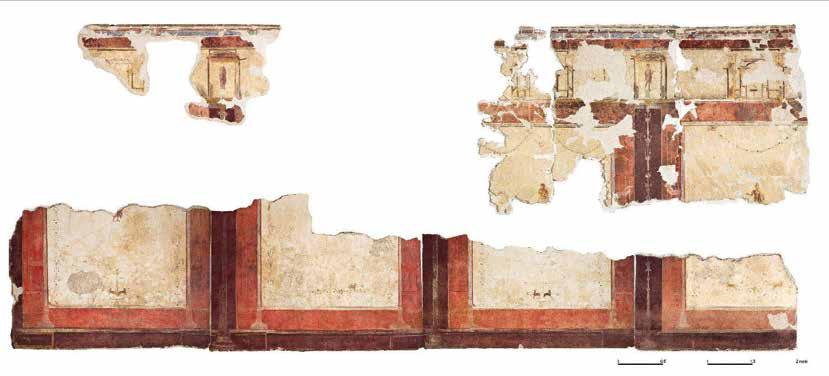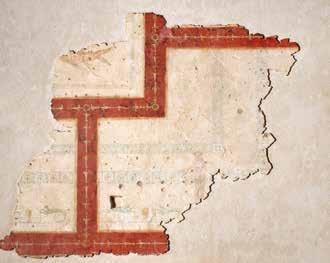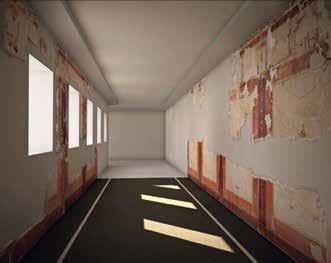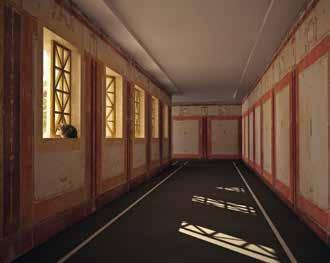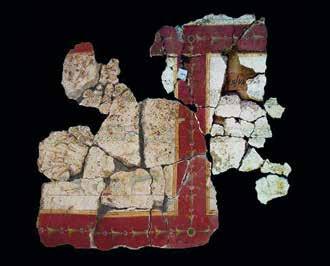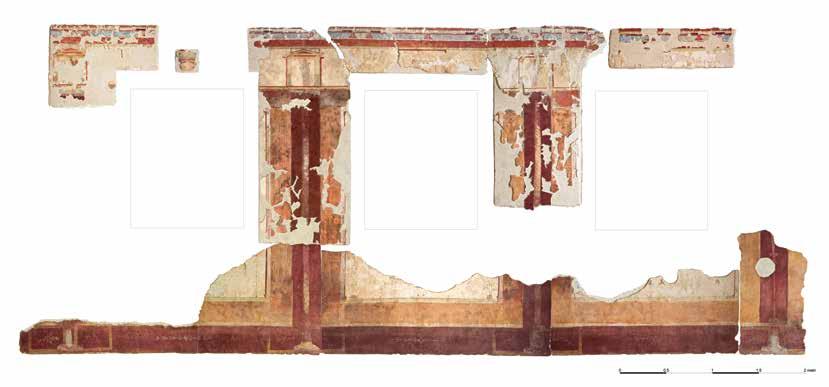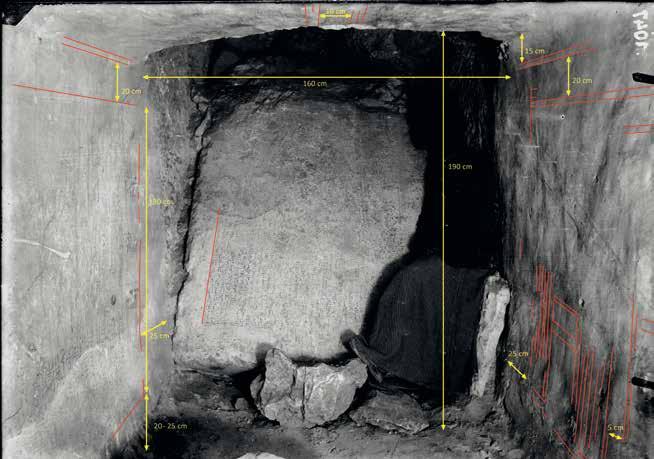
8 minute read
SUPERFICIAL CLEANING Centro Conservazione e Restauro La Venaria Reale
M. Cardinali A. Piccirillo A.V. Scarcella F.Zenucchini Centro Conservazione e Restauro “La Venaria Reale”, Venaria Reale
C. Greco B. Moiso Museo Egizio, Turin
Advertisement
info@centrorestaurovenaria.it www.centrorestaurovenaria.it
Henib wall painting conservation project: laser and gels for superficial cleaning
The Centro Conservazione e Restauro “La Venaria Reale” is an advanced training and research Centre for the Conservation of Cultural Heritage, located near Turin, Piemonte, North-West Italy as a strategic hub. Founded in 2005 by public and private institutions, acting as private company, it is a no-profit Foundation. Covering the complete supply chain of Conservation: from training to monitoring, preven tion, maintenance, restoration, management. It comprises the following departments: Conservation Laboratories, Scientific Laboratories, Advanced Training Study School and Educational Services, Programming and Development, Technical Services. Conservation and restoration are based on a clear definition of the heritage resource and its relationship to its setting. This definition is part of the critical process aimed at cul tivating an appreciation of the heritage as an integral part of present-day society by developing a framework for assessing resource values and establishing management objectives. The CCR approach takes care of cultural heritage values related more specifically to the intrinsic aspects of the monument/site/collection/ar twork — its design, techniques, ma terial, and workmanship — and to the values associated with its location, cultural context and its relationship to the setting.
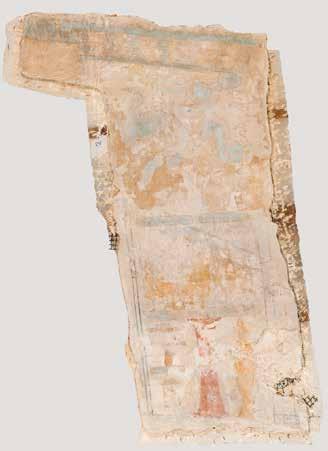
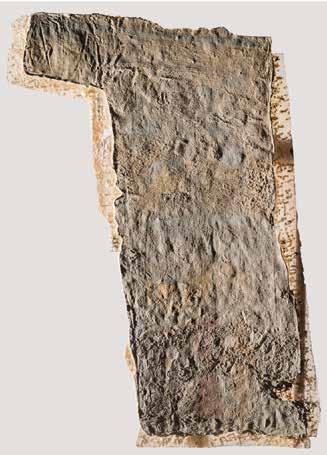


This process has four distinct steps: _ Survey: methodical inspection, survey and documentation of the resource, its historical setting and its physical environment; _ Definition: critical-historical definition and assessment of the object and its setting, tell ing the conservative history; _ Analysis: scientific analysis and diagnosis of the material substance and associated structural system with a view towards its conservation; _ Strategy: long-term and short-term programmes for preventive conservation and man agement of change, including regular inspections, scheduled maintenance and environmental control.
HENIB WALL PAINTING CONSERVATION PROJECT: represents an interesting study case in the archeological restoration field carried out at the Center by the interdisciplinary team. The conservation project of the six wall painting fragments from Henib chapel-tomb (1) , in Qaw el-Kebir, has been carried out with a scientific and interdisciplinary approach, by a team of different professionals from the Centro Conservazione e Restauro “La Venaria Reale”, the Turin Museo Egizio and the Piedmont Archeological Soprintendenza [1] , including conservators, curators, archaeologists and conservation scientists. In this perspective, conservative issues have been merged with archeological researches, in order to give back to the scientific community, but also to the general public, the six painting fragments, en hancing the knowledge of Egyptian tangible cultural heritage.
(1) In the person of Dr. Matilde Borla, archeologist, official in the local board of Italian Ministry of Culture

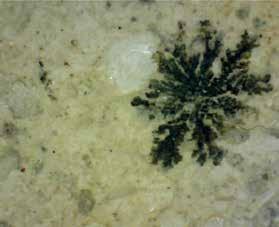
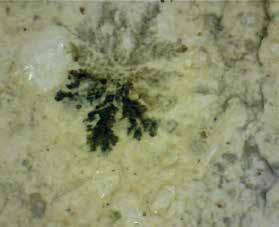

After preliminary bibliographic researches, a non invasive analytical plan (including UV fluorescence, IR reflectography, false color elaboration and visible light induced lumines cence ) has been addressed to the study of the superficial distribution of different materials, in order to focus the topic area to analyze with further analytic technique, such as X-ray fluorescence spectroscopy (for pigments characterization) and Fourier transform infrared spectroscopy (for organic substances identification). Moreover, samples have been ana lyzed with optical and scanning electronic microscopy, with EDX, to obtain additional information about execution technique and materials used for different remedial treatments. Following analytical campaign, superficial cleaning represented one of the main issue for fragments conservation because of the presence of a number of overlaid layers. An altered acrylic resin (Paraloid B72) has been documented all over the paintings surfaces, in addi tion to a dark substance, identified as the animal glue used in painting detachment and now responsible for superficial layers chipping and micro peeling. Considering the pecu liar needs of every fragments a comparison on effectiveness of the cleaning was tested with different methods using: physic methods, solvents and water gels. Preliminary laser tests were done with three different Nd:YAG lasers EOS 1000 (Long Q-Switch) at 1064 nm, Smart Clean II (Short Free Running) at 1064 nm and Thunder Art (Q-Switch) at two dif ferent wavelength 1064 nm and 532 nm. The action carried out with the laser technology turned out to be fundamental for some fragments (n. 3, 4 and 6) which has been cleaned in two different steps; first the removal of the superficial deposit by laser and then a further step with chemical solvents. The swelling of the animal glue has been obtained with the application of water gels with different water retention properties (Gellano ® , AGAR and Nevek ® ). After the replacement of the previous support with a multilayer panel, composed of a PET layer, propped up with a glass fiber grid and backed by an honeycomb panel, unsuitable plasters have been removed and all the lacunas have been filled with a sand and light stuc co mortar [2] .
REFERENCES
[1] E.M. Ciampini, La sepoltura di Henib (Camera funeraria CGT 7001; pareti di sarcofago CGT 10201-10202), CGT Serie Prima - Monumenti e testi, vol. XI, Torino 2003; A. Roccati, Testi religiosi e funerari del II millennio a.C., in Museo Egizio di Torino, Civiltà degli Egizi. Le credenze religiose, Torino 1988, pp. 128-145; B.Moiso, M.Borla, Pitture murali della tomba di Henib in Restituzioni 2018. Tesori d’arte restaurati, a cura di C. Bertelli, G. Bonsanti, Venezia 2018, pp.32-37. [2] M. Cardinali, Relazione di restauro, in Restituzioni 2018. Tesori d’arte restaurati, a cura di C. Bertelli, G. Bonsanti, Venezia 2018, pp.38-43.


Giacomo Casaril giacomo@casaril.it
From the excavation to the virtual reconstruction
Preserving frescoes and stuccoes of a II Century roman villa
In 2005 during the modernization works of the San Giovanni Hospital, the remains of a Roman Villa were discovered on the Celio hill: a corridor with windows overlooking a green garden with walls decorated with paintings and stuccos whose upper part had collapsed, layer by layer, like a house of cards. Agreements between Rome Cultural Heritage Superintendence and St. Giovanni Addol orata Hospital made possible these complex operations of excavation, restoration and conservation, leading to a museum project for these extraordinary discoveries. Since then, the archaeological excavation, the study and the conservation interventions have progressed at the same pace: the frescoes and stuccos of the walls (over 3.50 meters high) and large portions of the coffered ceiling (almost 4 meters wide) were discovered and recovered. Finally, the mosaic floor also appeared. Since it was not possible to make the site accessible, we were commissioned to remove all the decorative equipment and then transpose it on synthetic supports. Archaeologists and restorers worked in synergy and so, as the excavation continued, we re covered large portions of the collapsed frescoed wall, using various techniques to preserve the connection between the fragments, while thousands of small finds were collected and catalogued. At a further stage we have detached the frescoes still adhering to the walls. All materials have been transferred to the laboratory where thanks to a long and delicate work of research and conservation we have been able to recompose on Aluminum honey comb panels most of the decorative coatings that will give a complete image of the whole environment.
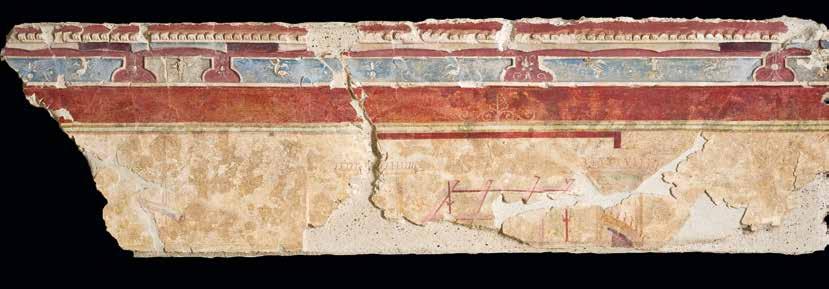
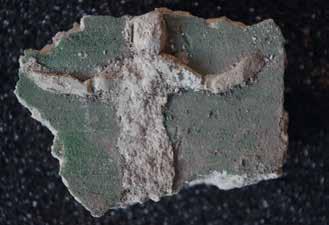

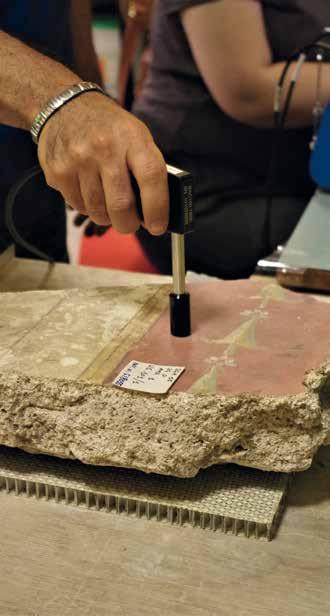
A re-composition intervention of this kind requires a complex series of variable operations depending on the type of material and how it was recovered. To allow installation on panels, the thickness of the plaster must be reduced to a mini mum, especially with regard to ceilings. This requires the protection of the surfaces and their preventive consolidation. Of course, the cleaning was also done and, after the mount ing on panels, the reintegration and the pictorial retouching. The current result are panels of such dimensions that they can be moved and assembled according to the final objective which is the reconstruction of the entire context in a museum environment. Much time has been devoted to the study of materials and execution techniques. Through comparison and matching it was possible to combine a considerable amount of smaller dispersed fragments with the large portions already contextualized. Restoration is always an important opportunity to deepen knowledge. In fact, the paintings have been the sub ject of many studies, for example on the presence of organic binders in ancient colors and laser cleaning tests of polychromies. The pigments were previously analyzed with Raman spectroscopy. A team of professionals, archaeologists, restorers, conservation scientists, designers and researchers work on this project under the direction of the Superintendence of Archaeol ogy of Rome. While the work continues and the restoration of the stuccoes and paintings from the ceil ing and the pavement mosaics is still in progress, a virtual reconstruction has been elaborated on the basis of the large amount of data collected.
